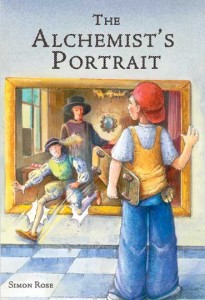Historical Fiction: Part Eight – Plot
 As with stories set in the present day, the plot of your historical fiction story has to make sense, be plausible, and involve a solution to a problem. Historical fiction plots usually feature both fictional and real events. Fictional events are those that involve your characters, whether these are ones you’ve invented for the story or historical figures that you’ve chosen to use as part of the narrative. Real events are of course things that happened in your chosen time period that affect how you tell your historical tale.
As with stories set in the present day, the plot of your historical fiction story has to make sense, be plausible, and involve a solution to a problem. Historical fiction plots usually feature both fictional and real events. Fictional events are those that involve your characters, whether these are ones you’ve invented for the story or historical figures that you’ve chosen to use as part of the narrative. Real events are of course things that happened in your chosen time period that affect how you tell your historical tale.
Even if the main character is moving through a world that existed long ago, he or she still needs to have a goal and this needs to be established as early as possible. It also has to be important to the character otherwise it’s not going to appear crucial to the reader either, who simply won’t bother turning the page.
Things need to keep changing for the main character as the story progresses. If they’re in the same basic position at the end of the chapter as they were when it began, what was the point of telling the story of that episode? The plot has to keep moving, in whatever way is best for your particular story, otherwise it might as well be a shopping list. Pacing is crucial if you’re going to retain the reader’s attention. Cliffhangers at the end of your chapters will also always make the reader want to learn more.
No matter how good an idea you think you have, if the reader can’t follow the plot early on in the novel they’re not going to continue reading. Some writers of historical fiction get too bogged down in the detail of the time period, in describing the surrounding scenery, the clothing or weapons, or focus too much on the events of the era, whether these play a major role in the story or not. You might be fascinated by your chosen era and an expert on everything related to the time period, but there still has to be a storyline when composing a work of fiction.



